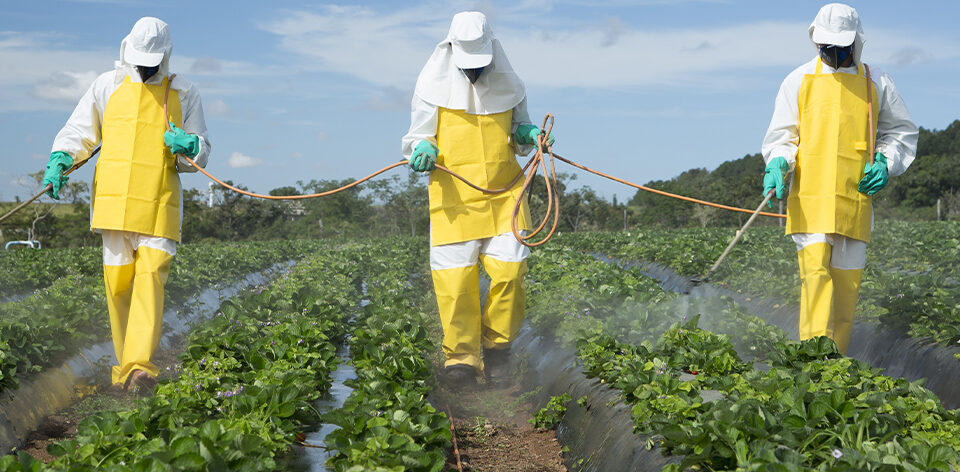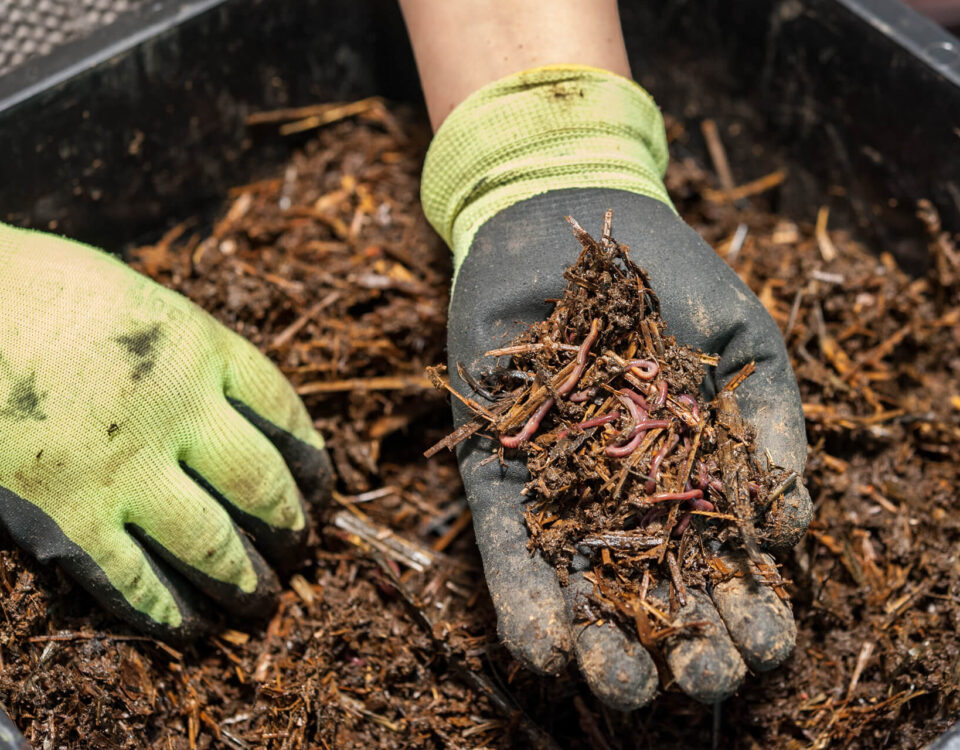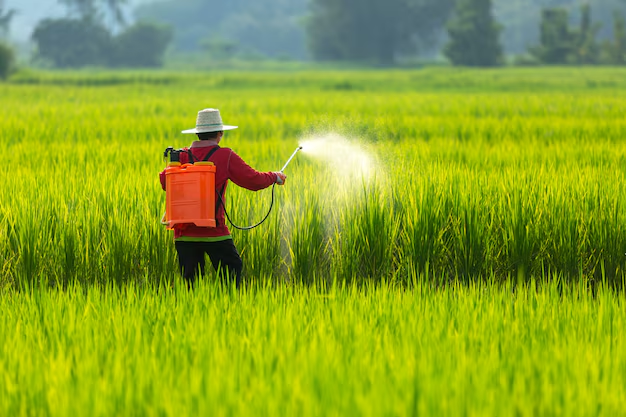
Sindh New Licenses for Pesticides and Fertilizers
August 25, 2024
Best Practices for Ripening Tomatoes Quickly
August 29, 2024Pesticides play a crucial role in protecting crops from harmful pests and diseases, ensuring better yields and quality produce. However, improper use can lead to environmental damage, health issues, and resistance in pests. This blog explores how to use pesticides safely and effectively to achieve optimal crop protection while minimizing risks.
Understanding the Types of Pesticides
Pesticides come in different types, including insecticides, herbicides, fungicides, and bactericides. Each type targets specific pests or diseases. Before selecting a pesticide, it is essential to correctly identify the problem and choose the appropriate product. Understanding the different categories helps farmers apply pesticides more effectively and reduces unnecessary exposure to chemicals.
Reading Labels and Following Instructions
One of the most important steps in the safe use of pesticides is carefully reading the product label. Labels provide vital information about the pesticide’s usage, dosage, application method, and safety precautions. Strictly following the instructions ensures the pesticide works as intended while minimizing harm to humans, animals, and the environment.
Proper Application Methods
Correct application is key to effective pest control. Farmers should use the right equipment, such as sprayers or dusters, and ensure that they apply the pesticide uniformly across the affected area. Overapplication can lead to chemical runoff and pollution, while underapplication may result in poor pest control. Calibrating equipment and monitoring weather conditions, such as avoiding windy days, can further enhance the effectiveness and safety of pesticide use.
Personal Protective Equipment (PPE) for Safety
Using pesticides requires wearing appropriate personal protective equipment (PPE) like gloves, masks, goggles, and coveralls. PPE helps reduce direct exposure to harmful chemicals, which can lead to skin irritation, respiratory issues, or even long-term health problems. Educating workers and farmers about the importance of PPE and ensuring they have access to proper gear is vital for safety.
Timing and Frequency of Pesticide Application
Applying pesticides at the right time is crucial for achieving maximum effectiveness. For instance, spraying during early mornings or late evenings can reduce evaporation and ensure better absorption. Additionally, avoiding excessive or frequent applications helps prevent pesticide resistance in pests. Implementing integrated pest management (IPM) practices, such as rotating different pesticide types, can further enhance crop protection.
Environmental Considerations
While pesticides are essential for controlling pests, they can also pose risks to non-target species, water bodies, and soil health. Farmers should be cautious about where and how they apply pesticides, taking steps to avoid contamination of nearby streams, rivers, and natural habitats. Buffer zones, proper storage, and disposal of pesticide containers are some ways to mitigate environmental risks.
Training and Education for Safe Use
Continuous education and training are crucial for the safe and effective use of pesticides. Farmers, farm workers, and pesticide handlers should be regularly trained on new techniques, safety guidelines, and responsible practices. Governments and agricultural organizations play a vital role in providing resources and support to ensure that pesticide use remains both productive and safe.
Safe pesticide practices are essential for sustainable agriculture. By choosing the right products, following guidelines, and prioritizing safety, farmers can protect their crops while safeguarding their health and the environment.
to read more agriculture related blogs on the website Click here.





